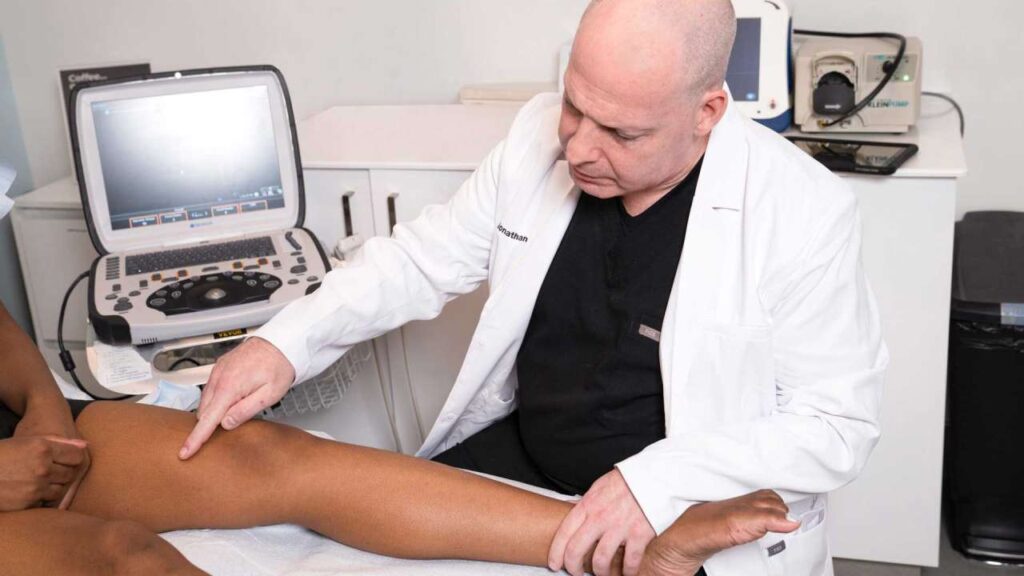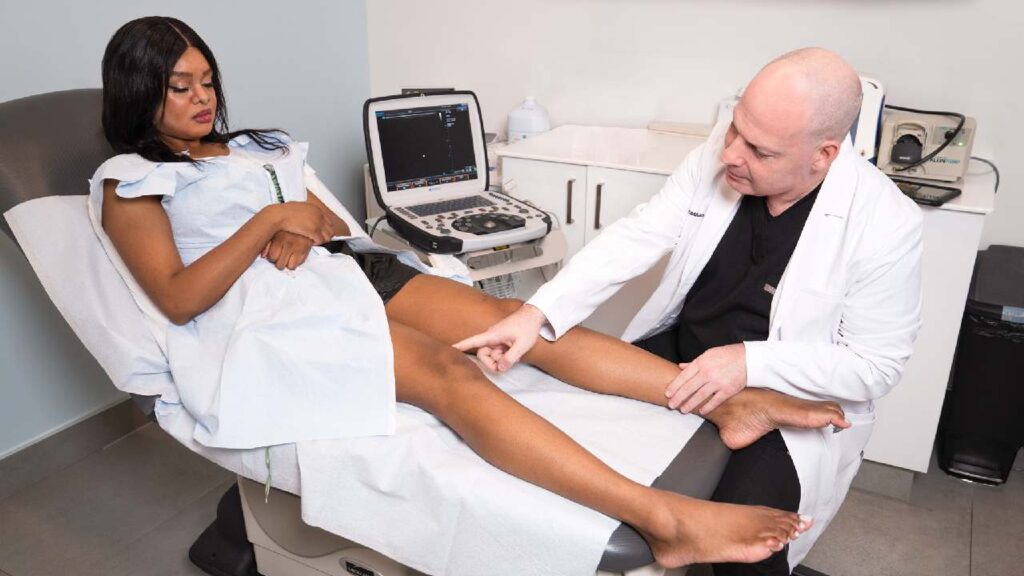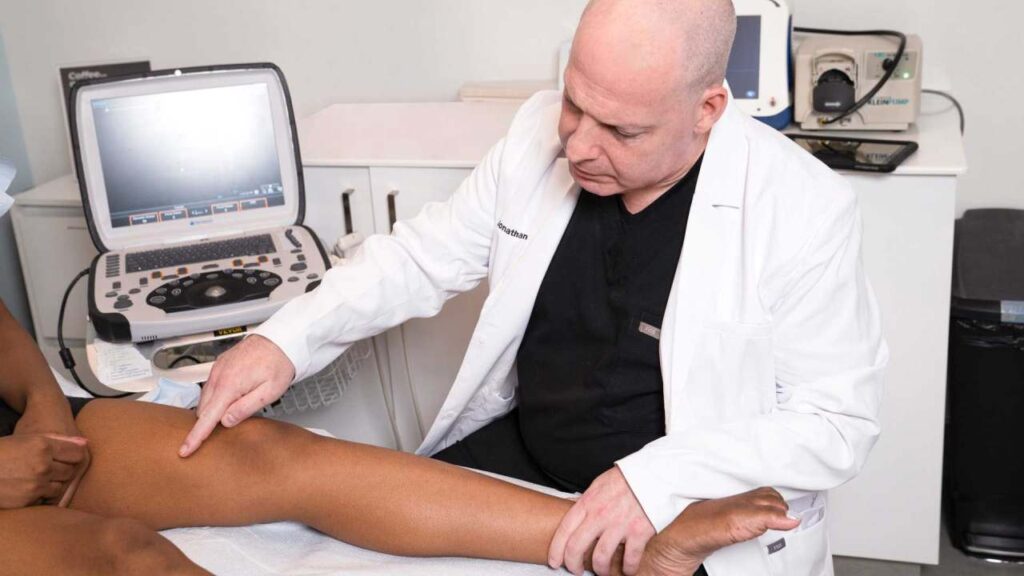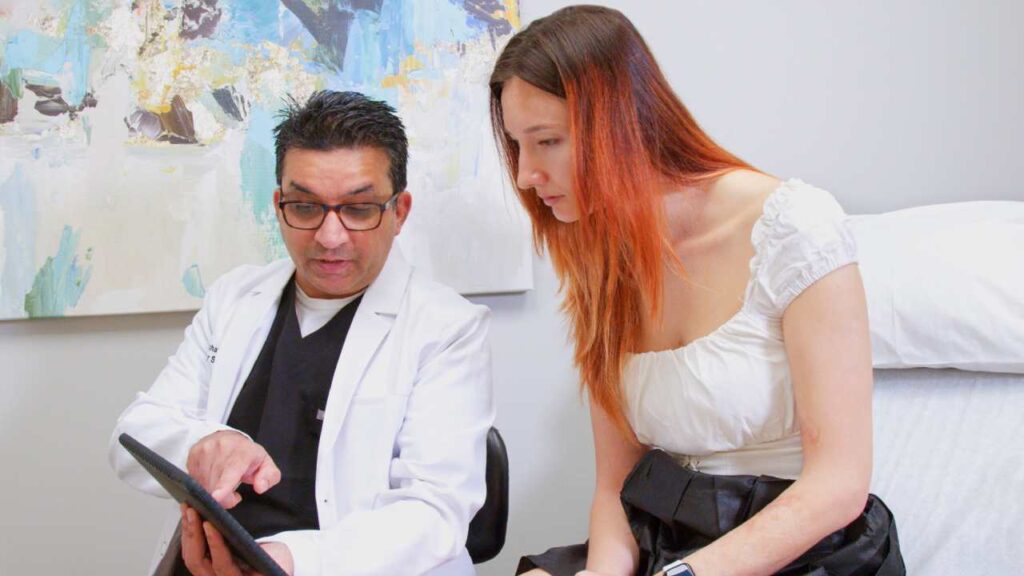Vein ablation is a minimally-invasive, non-surgical treatment offered at Vein Treatment Clinic New York, where you can be sure to expect state-of-the-art treatment from excellent doctors. Click HERE to book an appointment at our excellent vein center, or keep reading to learn more about vein ablation and what to expect after this procedure.
Minimally Invasive Treatment
Treatment for spider and varicose veins used to be limited to surgical procedures, but developments in biomedical research have made it possible to treat varicose and spider veins with less intrusive treatments. Rather than a lengthy procedure followed by an even longer hospital stay, minimally invasive therapies take around an hour and require only a tiny incision. Minimally invasive therapies are less risky, take less time to conduct, and require less recovery time after leaving the medical center.
There are several minimally invasive treatment methods available, so when you schedule a visit at a vein treatment clinic, the vein specialist will evaluate you and establish the best treatment plan for you. One of these procedures is vein ablation, which uses heat radiation to close off injured veins.
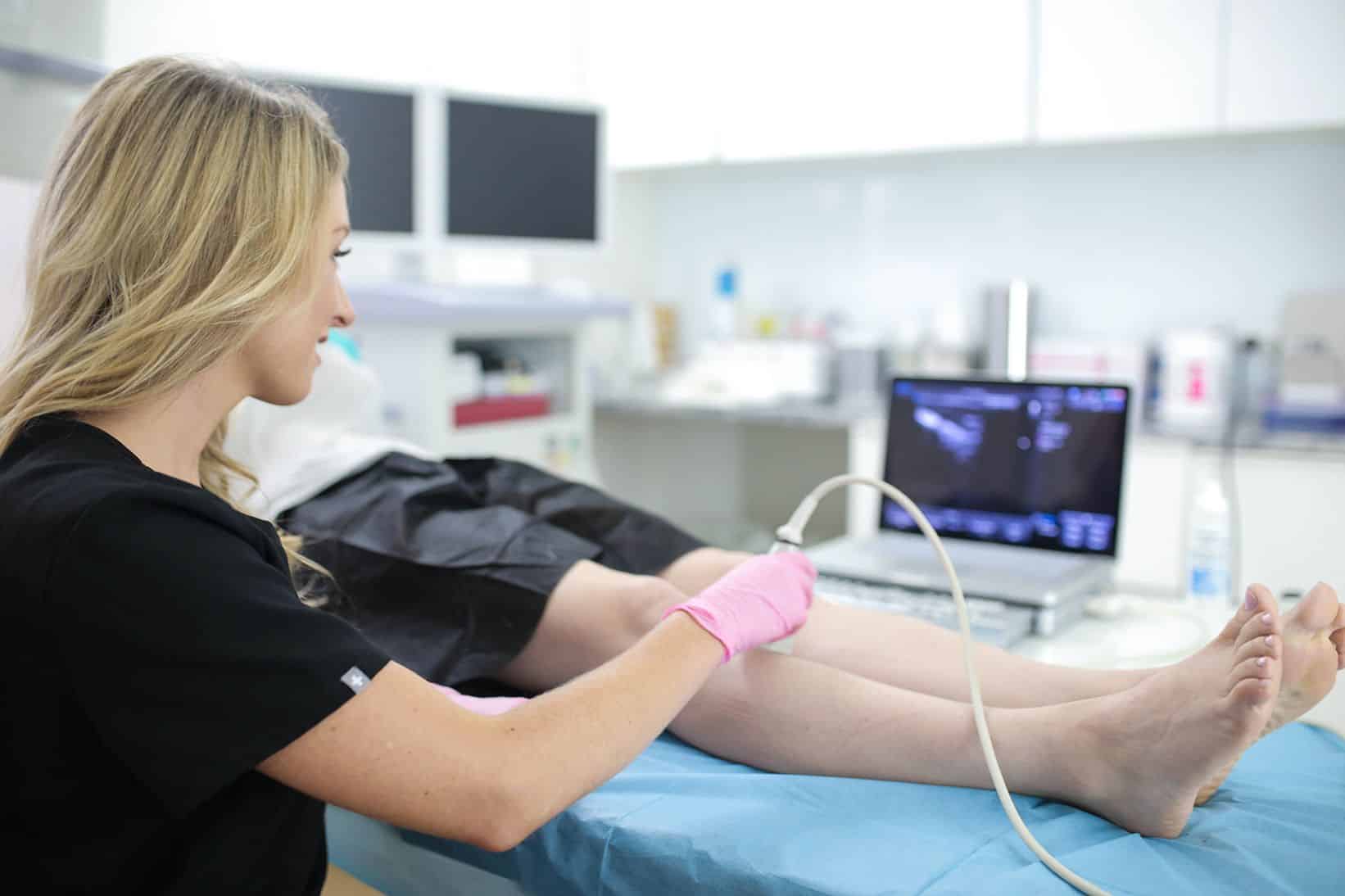
Types of Vein Ablation
There are multiple types of ablation used to treat spider and varicose veins, but our vein specialists recommend radiofrequency ablation, аlѕо known as VNUS or ClosureFAST. It has been proven to be safe and effective, with no recovery time required. The vein doctor will use ultrasound imaging to guide a tiny catheter into the weakened vein, where it will emit thermal radiation to the vein walls, thereby shutting them down. This operation has a 97 percent success rate and is completely painless, redirecting blood flow to healthier veins to improve circulation and reduce the appearance of spider and varicose veins.
A far more dangerous type of ablation is endovenous laser ablation, which uses a laser to cause an inflammatory reaction in the vein. It creates a seal to eventually reroute blood through other healthy veins. This treatment may appear to be a quick fix, but it requires a week of rehabilitation following a visit to the vein clinic and causes far more pain and anguish than radiofrequency ablation. Because of these factors, it is advised to avoid this vein therapy
Start Walking
As previously stated, after radiofrequency vein ablation at a vein treatment facility, you can resume your normal activities immediately. Because no recovery period is necessary, doctors recommend that you begin walking immediately following your surgery to improve blood flow to your legs, which will speed up the treatment process and help you reach the desired outcomes sooner.
Compression Stockings
Your doctor may also advise you to wear compression stockings for one to three weeks after your session, depending on the severity of your spider veins. If your vein specialist recommends that you wear compression stockings, they will perform a compression stocking custom-fitting following your vein clinic treatment so you know what type and size to purchase.
Avoid UV Exposure
Finally, avoid direct sun exposure for three weeks, especially in treated areas, and wear SPF60 sunscreen for up to six weeks. If you tan quickly, limit your sun exposure to minimize hyperpigmentation and dark areas. Sun UV rays can discolor the skin above the treated veins, making them appear worse than the spider veins themselves.
Timeline of Recovery
Every patient is different, so during a vein treatment consultation, your vein doctor will determine the best treatment plan for you depending on your disease progression. They will also be able to give an estimate of how long it will take to see a full recovery from vein ablation. However, most patients see an improvement within the first week after vein ablation, with continued recovery for weeks to months until their legs look good as new and their blood circulation is largely restored.
Vein ablation has two effects: decreasing the appearance of spider/varicose veins and alleviating discomfort in the legs. Once the damaged veins are sealed with vein ablation, blood can be rerouted through healthy veins to improve circulation and decrease the appearance of spider veins and varicose veins. Improving circulation decreases heaviness or swelling in the legs, which can in turn decrease overall fatigue. This minimally-invasive treatment is able to restore quality of life that you may have lost due to pain or discomfort in your legs.
Before-and-After
The online reviews of a vein clinic might assist you in understanding the kind of service they provide. Although people frequently leave evaluations if they had a very excellent or particularly negative experience, reading a few testimonials will give you a rough impression of the overall experience at the medical institution. If the reviews contain images from before and after the treatment, these images can be used to evaluate the success of vein ablation at the venous center. Furthermore, these testimonials can demonstrate how patients’ rehabilitation can differ depending on their initial condition.
Taking photos before your vein ablation treatment and in the days, weeks, and months after your procedure can help you visualize the incredible results you will experience after treatment, even if it is hard to tell how much has changed from day to day. Keeping a journal to track your fatigue and leg discomfort can also help you recognize how much vein ablation is improving your blood circulation in the lower extremities, especially since fatigue and aches are not easily visible or measured.
If you are comfortable sharing your experience, your photos and stories can raise awareness and confidence in persons with vein disease that they, too, can find relief from weariness, pain, and discomfort.
If you are ready to get started on your vein ablation journey, you now know exactly what to do after your procedure and what results you can expect. Book your appointment at the Vein Treatment Center New York in Manhattan or Long Island and go into your appointment at a vein center in New York feeling more prepared and informed about your treatment plan!
